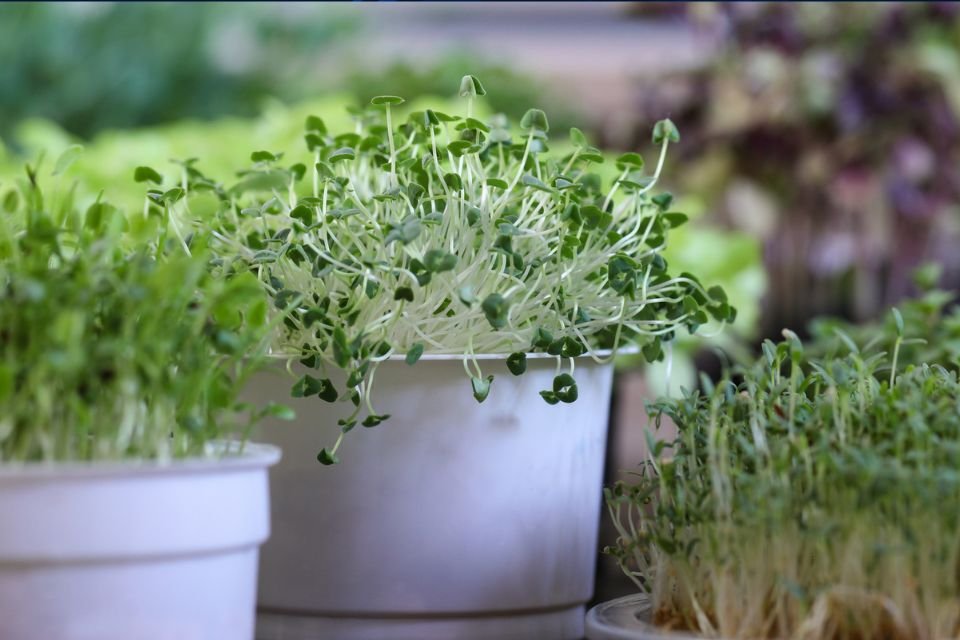Mathematician Alan Turing is known as the father of computing and artificial intelligence for creating a theoretical model of a ‘computer’ and logical aspects; machine, II. It was used to understand encrypted messages sent by enemies during World War II. Now, An experiment with germinated chia seeds showed that Turing’s idea of the patterns was also correct.
In mid-1952, the mathematician published his work “The Chemical Basis of Morphogenesis,” in which he presented Turing Patterns. Patterns of nature can arise naturally from a homogeneous state, according to scientistas in desert vegetation, zebra stripes or leopard spots.
According to physicist Flavio Fenton of the Georgia Institute of Technology in the United States, models have not yet proven that the Turing Model is correct, especially regarding vegetation patterns in nature. Fortunately, in a study presented at a meeting of the American Physical Society organization, a student from Fenton’s laboratory was able to confirm the operation of the Turing model in vegetation planted with Chia seeds.
“In previous studies, people retroactively tuned models to look for Turing patterns they found in the world. But here we were able to actually show that changing the relevant parameters in the model produced the experimental results we expected,” said Northeastern University computer science graduate student Brendan D’Aquino, describing the experiment.
Chia Seeds and Alan Turing
To conduct the experiment, D’Aquino and Fenton dispersed the seeds into small containers and used different planting techniques for each; Four types of substrates were used, such as coconut fiber. A week later they both realized it Chia seed patterns are similar to patterns in natural settings, such as in the ‘design’ of grassy fields or animals.
The team explains that the amount of irrigation water and the climate of the environment can directly affect the formation of these patterns. Therefore, the researchers claim that they aim to better understand the subject in order to publish a study involving Turing patterns in the future.
“Turing patterns appear in vegetation all over the world. It’s great to see them recreated in the laboratory. Scientists are finding specific chemicals and signals in biological systems that explain these visual patterns, and by varying the amount of chemicals and the corresponding mathematics in laboratory environments we can show that there is some truth to Turing’s theory “Fenton’s work on chia seed patterns is a great example of Alan Turing’s truly remarkable genius for explaining the natural world.” .
Did you like the content? You can find up-to-date information on the latest scientific discoveries here. Technology World!
Source: Tec Mundo
I’m Blaine Morgan, an experienced journalist and writer with over 8 years of experience in the tech industry. My expertise lies in writing about technology news and trends, covering everything from cutting-edge gadgets to emerging software developments. I’ve written for several leading publications including Gadget Onus where I am an author.













